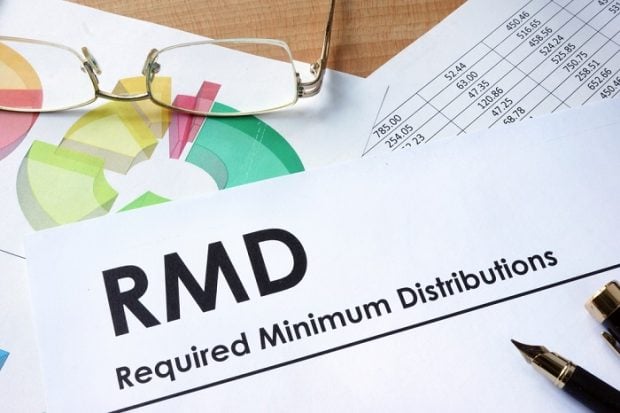 There are deadlines by which RMDs must be taken; otherwise, the account owner is subject to penalties in addition to taxes—and the penalties are pretty stiff. So this is not something you want to mess around with. (Photo: Shutterstock)
There are deadlines by which RMDs must be taken; otherwise, the account owner is subject to penalties in addition to taxes—and the penalties are pretty stiff. So this is not something you want to mess around with. (Photo: Shutterstock)
Required minimum distributions, or RMDs, are something that retirees and those who plan to retire need to learn about. Those who don't could be in for some pretty unpleasant—and expensive—surprises.
Recommended For You
Complete your profile to continue reading and get FREE access to BenefitsPRO, part of your ALM digital membership.
Your access to unlimited BenefitsPRO content isn’t changing.
Once you are an ALM digital member, you’ll receive:
- Breaking benefits news and analysis, on-site and via our newsletters and custom alerts
- Educational webcasts, white papers, and ebooks from industry thought leaders
- Critical converage of the property casualty insurance and financial advisory markets on our other ALM sites, PropertyCasualty360 and ThinkAdvisor
Already have an account? Sign In Now
© 2025 ALM Global, LLC, All Rights Reserved. Request academic re-use from www.copyright.com. All other uses, submit a request to [email protected]. For more information visit Asset & Logo Licensing.








